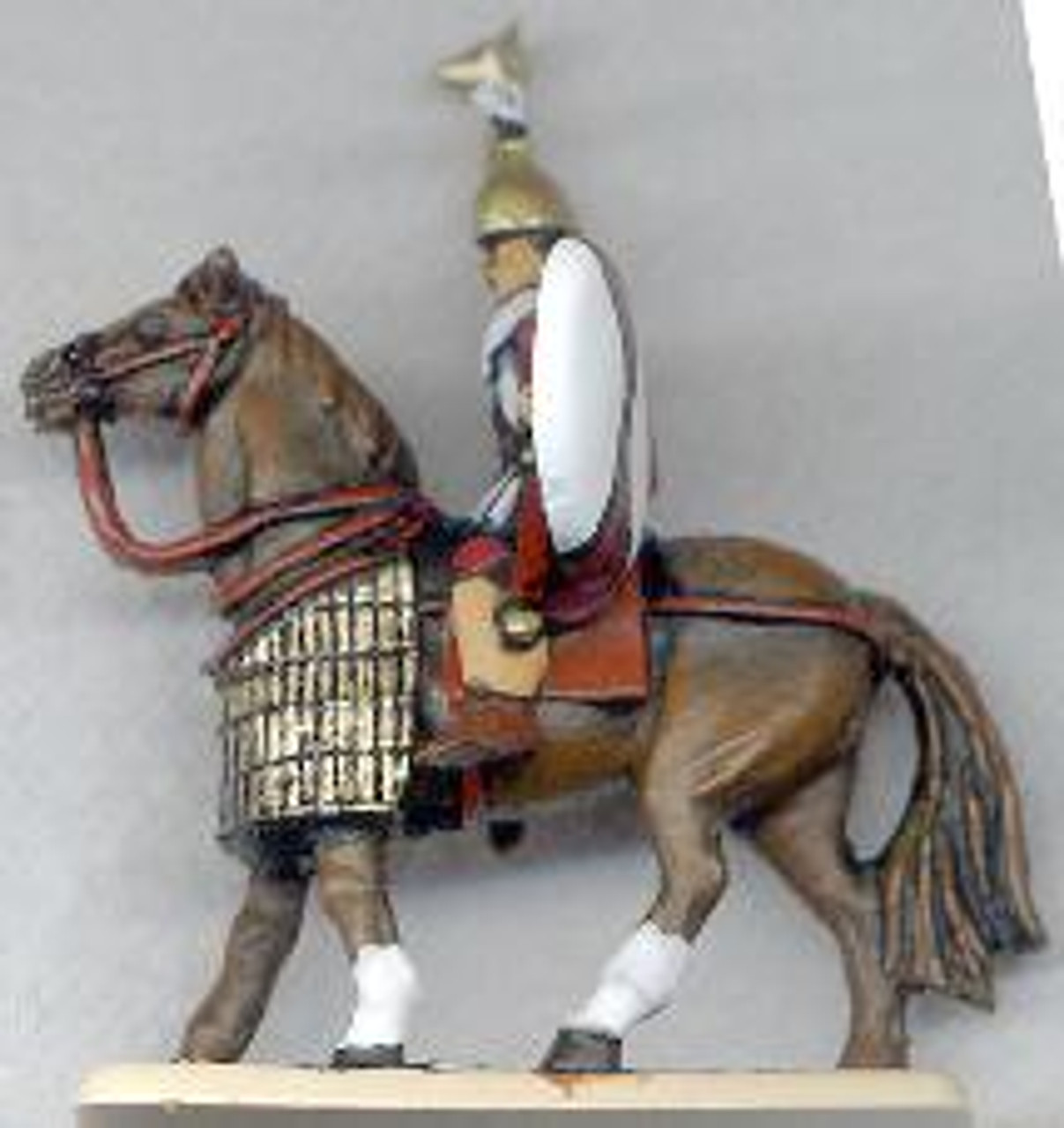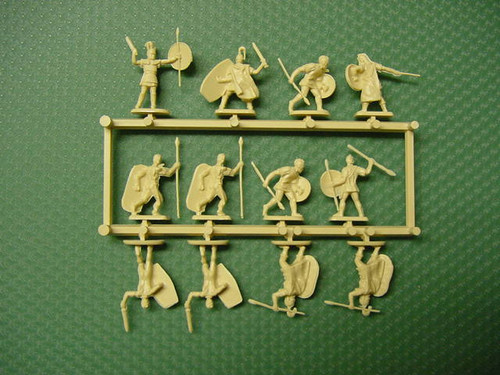Product Description
HaT 8056 Carthaginian Command & Cavalry 1:72 Scale Figures for Collectors and Wargamers
Plastic figures unasssembled and unpainted
Scale: 1:72
Materials: Injection Moulded Plastic
This is suitable for ages 14 and over.
Story
Carthaginian Command Figure
It is believed that the Carthaginians were decedents of Phoenician traders and colonists driven from Tyre during the Assyrian conquest. Over the centuries they built a mercantile empire in the western Mediterranean and their city came to dominate the North African tribal kingdoms of Libya and Numidia. As their influence spread they first became rivals of the Greek states of Syracuse and Kyrene but after the decline of western Hellenic power in the 4th century there remained but one important state with which Carthage had to contend; Rome.
Carthaginians were a minority in their homeland. Unlike Rome, military might was not the Carthaginian route to wealth and power. They were merchants and traders and as such quite wealthy. This circumstance naturally lead to Carthaginian armies being composed primarily of mercenaries. Even Carthaginian Generals were sometimes hired from more militaristic nations, the most famous of which was Xanthippos of Sparta.
When command was not given over to foreign hirelings it fell to chosen members of the Carthaginian Aristocracy. The Barca family, famous for Hannibal and his father Hamilcar, were the chosen champions in the Carthaginian crusade against Rome. The oligarchy of Carthage was not forgiving of failure. Defeat in the field usually meant death for the appointed general. Hanno the Great was blinded and crucified. Like modern investors, the Carthaginians who financed her military endeavors expected nothing less then success.
One branch of the Carthaginian military which probably saw more actual Carthaginians within it's ranks was the heavy cavalry. Good horsemanship is often the province of the aristocracy so it is logical to assume that Carthaginian nobility took to the field mounted. Carthaginian cavalry was considered superior to it's Roman counterpart probably owing to the excellent horsemanship and husbandry of North Africa which continues to this day.
Bob Murch - Canada




















